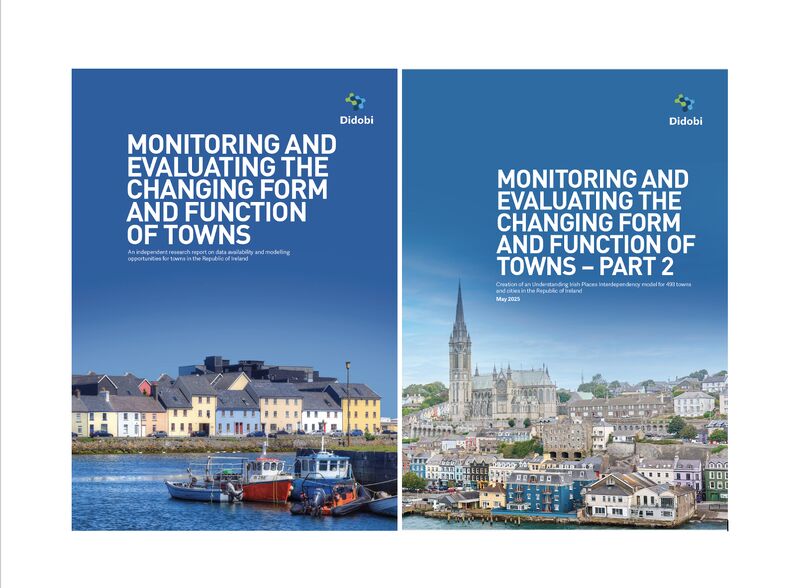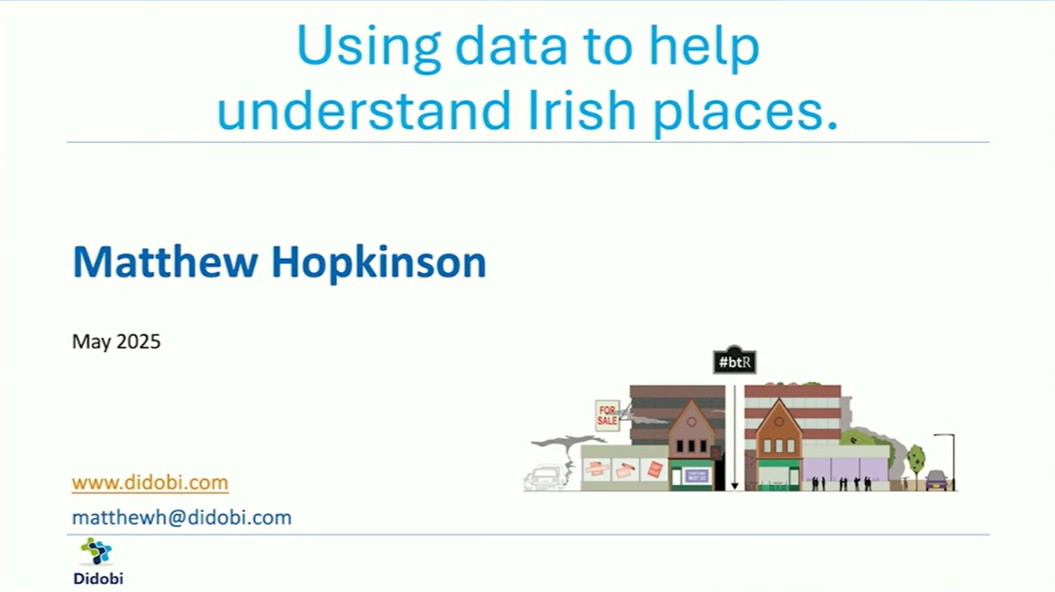
Commercial real estate needs better income data if it is to tap billions of passive capital
Didobi co-founders Matt Richardson and Matthew Hopkinson have founded a new data insight company called Income Analytics that measures and forecasts tenant income risk globally.
This is a transcription of a podcast with Matthew Richardson, Professor Andrew Baum and Matthew Hopkinson joined by Andrew Teacher, founder of Blackstock Consulting, on a podcast to discuss how commercial property needs to take a leaf out of fixed income’s book when it comes to crunching big data and measuring risk. To listen to more insights from industry leaders visit www.blackstock.co.uk/podcasts.
Commercial real estate could tap billions from passive capital investors by standardising its market data and income reporting, according to Matthew Richardson, the CEO of Income Analytics, a property data analytics venture with a core management team drawn from the Fidelity stable.
Richardson says, “People already use credit scores or ratings, but they do not necessarily deploy them in the way that they can get the most value out of them. What they need is a number for default or a failure number. They need to know the percentage probability that their tenant or counterparty in the agreement is going to go bust and leave them high and dry.”
According to Richardson, the labelling of funds as core or core-plus is empirically valueless and causes confusion for investors seeking guarantees of liquidity.
Passive capital invests by replicating a specific benchmark or index such as the S&P 500 in order to match its performance. While MSCI can provide similar benchmarks the inherent illiquidity of commercial real estate prevents investors from using them to deliver tracker strategies.
Income data is the sector’s best bet to provide the type of benchmark passive capital needs. This is because the level, duration and quality of the rental income paid is the most reliable guide to the long-term performance of real estate, according to Said Business School professor Andrew Baum, who advises Income Analytics.
Richardson agrees. “When you actually look at the long-term performance of real estate in the developed market around the world, the bulk of your long-term returns comes out of your cash flow – out of your income. And that’s also the most stable part of your return, and the bit you can control,” he says.
Moving to a standard where income flows are understood accurately is particularly crucial for commercial real estate compared to residential as the income component is a much more important factor for investors to understand as lot sizes are larger, with space treated as a commodity.
Income Analytics’ model focuses on two crucial areas:
- better understanding of who the counterparty is, what relation they have to a parent company and
- where responsibility lies for the payment of rent, while establishing what percentage of their cash is at risk if the counterparty fails or defaults.
“What we are doing is two things. Identifying who is the actual counter party. Sometimes there is no implicit guarantee from the parent that the landlord/investor will get their rent. So, you need to know very clearly who it is on the lease. Secondly, you need a number to figure out what percentage of the landlord/investor’s cash is at risk. This is key as the investor base broadens as this is what happens in the bond and equity markets,” says Richardson.
Income Analytics uses Dun & Bradstreet (D&B) data to populate its models. D&B are a primary global company credit rating agency, who capture data to enable an informed view of the creditworthiness of a business and understand its likelihood of failure. Income Analytics takes this data and creates a score and long term forecast of failure for every company, which gives investors a far more insightful and data-based guide to how solid the investment is.
While the need for this may have been heightened by Covid-19, a greater amount of data on commercial real estate, particularly around income, has been sorely needed for some time.
“It’s not the coronavirus that makes this interesting or useful. Since 2007 or 2008 you have had a market characterised by low-interest rates meaning investors have tried to capture a higher yield through real estate assets. For example, if a government bond is yielding 1 percent or lower but property offers you 4 percent, then that’s an attractive asset,” says Baum, who advises Income Analytics.
“But many investors have known very little about the strength of the income they are holding, instead judging the investment on the appearance of the building rather than the technical stuff like the amount of cash,” Baum adds.
Income Analytics’ data management model will enable investors to make more effective strategic decisions in relation to risk, volatility and yield, while mitigating risk when a counterparty runs into financial difficulty.
Richardson says, “What we have set out to do is to interpret what the data from the credit reference agencies is telling us, and convert those numbers into a percentage which can then be used to forecast long term probability of rental loss within the commercial real estate sector.
“That is what we have set out to do, to try and move us away from subjective labelling to something driven by the data which will result in better informed decisions within the industry.”
Visit the Income Analytics website to learn more.
SOUNDCLOUD – https://soundcloud.com/propcast-property-podcast/income-analytics-andrew-baum-and-matthew-hopkinson
SPOTIFY – https://open.spotify.com/episode/7mYaMhO8WsgvlyNRGcIrPg
APPLE PODCASTS – https://podcasts.apple.com/gb/podcast/income-analytics-andrew-baum-and-matthew-hopkinson/id1384471929?i=1000476531310






Leave a comment: